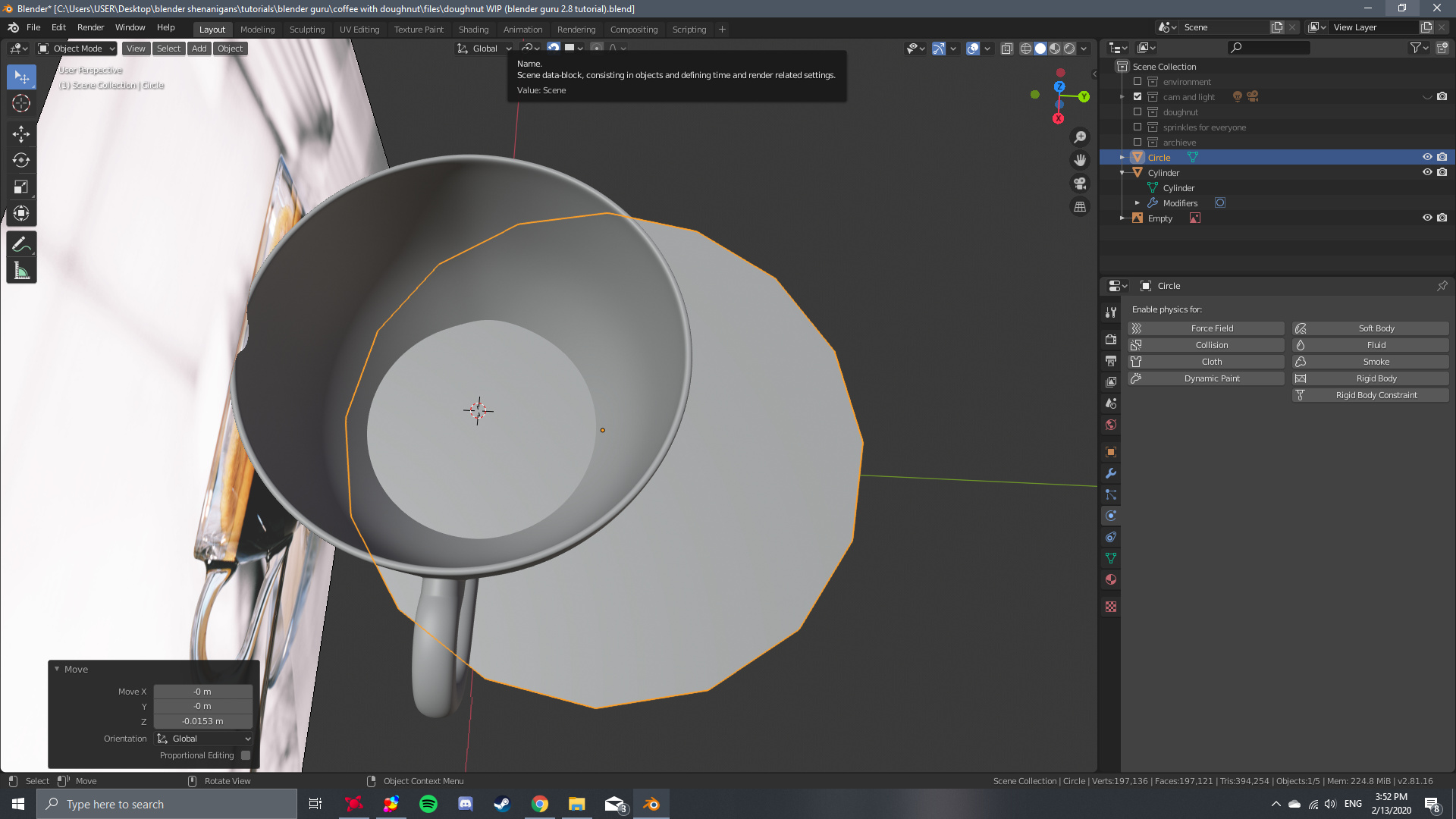- Cryptography Tutorial
- Cryptography Useful Resources
The Origin 8 satisfies the basic requirements of a folding bike. It folds reasonably fast, and into a small enough package that it is easy to stow away. For the budget-conscious cyclist, this could be a great find. Through the Origin User’s Manual (particularly the introductory chapters and first several chapters) before beginning this tutorial. Note that this DSC tutorial contains information about Origin only in so far as it applies to DSC data analysis. For a complete discussion of Origin's capabilities, please refer to the Origin User’s Manual.
- Selected Reading
The Data Encryption Standard (DES) is a symmetric-key block cipher published by the National Institute of Standards and Technology (NIST).
DES is an implementation of a Feistel Cipher. It uses 16 round Feistel structure. The block size is 64-bit. Though, key length is 64-bit, DES has an effective key length of 56 bits, since 8 of the 64 bits of the key are not used by the encryption algorithm (function as check bits only). General Structure of DES is depicted in the following illustration −
Since DES is based on the Feistel Cipher, all that is required to specify DES is −
- Round function
- Key schedule
- Any additional processing − Initial and final permutation
Initial and Final Permutation

The initial and final permutations are straight Permutation boxes (P-boxes) that are inverses of each other. They have no cryptography significance in DES. The initial and final permutations are shown as follows −
Round Function
The heart of this cipher is the DES function, f. The DES function applies a 48-bit key to the rightmost 32 bits to produce a 32-bit output.
Expansion Permutation Box − Since right input is 32-bit and round key is a 48-bit, we first need to expand right input to 48 bits. Permutation logic is graphically depicted in the following illustration −
The graphically depicted permutation logic is generally described as table in DES specification illustrated as shown −
Tutorial Origin 8 Portugues
XOR (Whitener). − After the expansion permutation, DES does XOR operation on the expanded right section and the round key. The round key is used only in this operation.
Substitution Boxes. − The S-boxes carry out the real mixing (confusion). DES uses 8 S-boxes, each with a 6-bit input and a 4-bit output. Refer the following illustration −
The S-box rule is illustrated below −
There are a total of eight S-box tables. The output of all eight s-boxes is then combined in to 32 bit section.
Straight Permutation − The 32 bit output of S-boxes is then subjected to the straight permutation with rule shown in the following illustration:

Key Generation
The round-key generator creates sixteen 48-bit keys out of a 56-bit cipher key. The process of key generation is depicted in the following illustration −
The logic for Parity drop, shifting, and Compression P-box is given in the DES description.
DES Analysis
The DES satisfies both the desired properties of block cipher. These two properties make cipher very strong.
Origin 8 Tutorial Keyboard
Avalanche effect − A small change in plaintext results in the very great change in the ciphertext.
Completeness − Each bit of ciphertext depends on many bits of plaintext.
Origin 8 Tutorial
During the last few years, cryptanalysis have found some weaknesses in DES when key selected are weak keys. These keys shall be avoided.
DES has proved to be a very well designed block cipher. There have been no significant cryptanalytic attacks on DES other than exhaustive key search.

